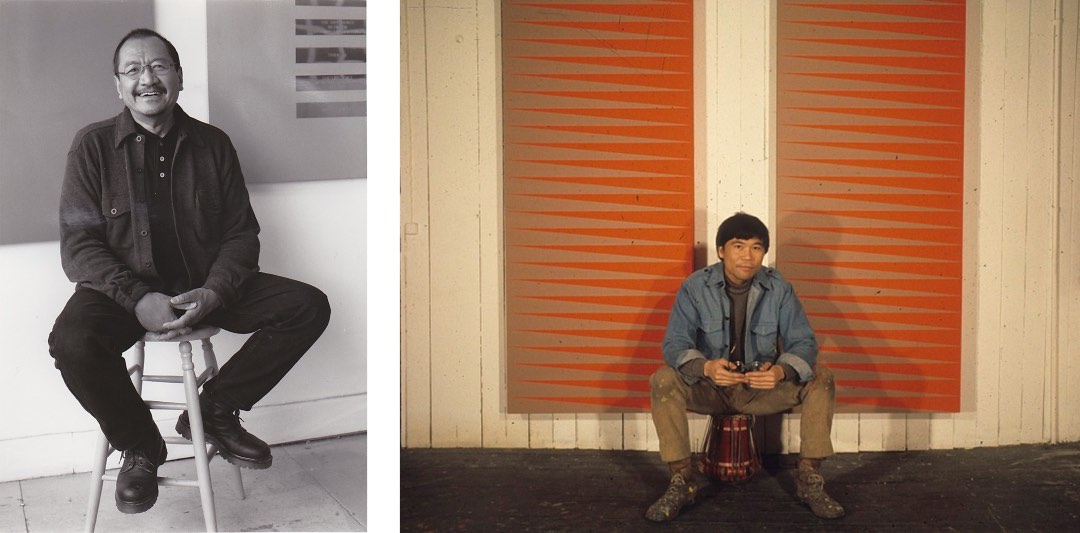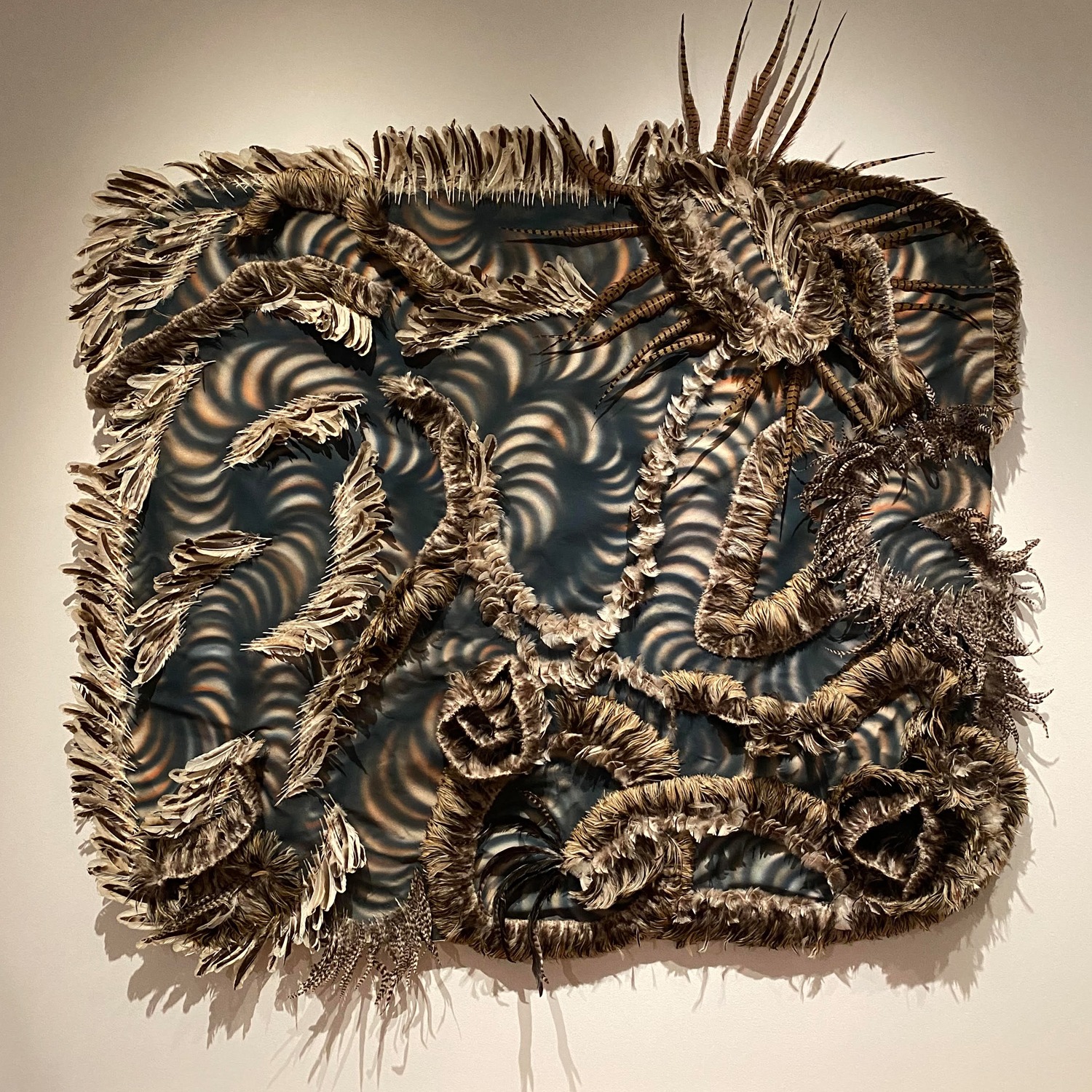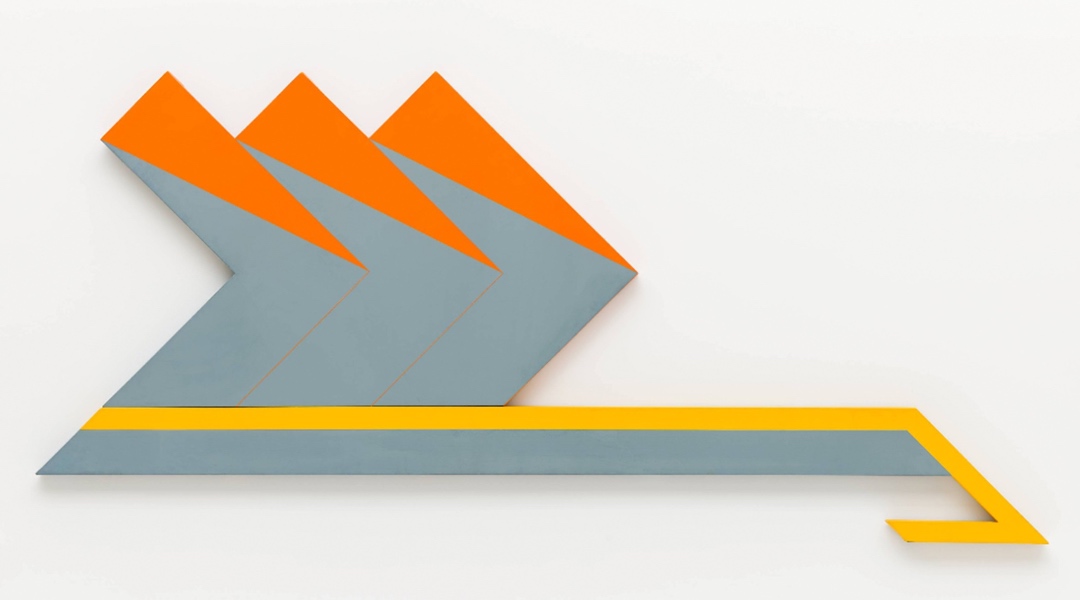Silverlens proudly announces it now represents Carlos Villa and Leo Valledor, widely considered among the most influential Filipino-American artists in US history.
According to Silverlens, they will be presenting a solo exhibition of Carlos Villa’s work at Frieze New York this May 17-21, 2023. In addition, the gallery will stage a dedicated, dual-artist exhibition of Villa and Valledor at its New York location during the fall of this year.
Silverlens co-owners Isa Lorenzo and Rachel Rillo share, “We are honored to represent the formidable estates of Leo Valledor and Carlos Villa, two second generation Filipino-American artists who many see as among the most important Modernists in US history. We have an unbelievable opportunity to share their stories not only with Americans but also with Filipino audiences worldwide — it’s a two-way portal. And in doing so we can offer these artists a sort of ancestral homecoming. Silverlens came to New York because of and for artists like these.”

The gallery elaborates, “Both Villa and Valledor were experienced educators who taught at their alma mater, the San Francisco Art Institute, where they were colleagues and best friends, as described by Villa. Their friendship began in childhood as the two artists grew up in the same close-knit San Francisco community of Filipino immigrants. Villa and Valledor played pioneering roles in the development of the young Filipino-American art scene in the 1960s and established life-long artistic practices later recognized to have expanded the lexicon of American Modernism.”
Carlos Villa (1936 – 2013) was a San Francisco-born visual artist, grass-roots activist, curator, author, and 40+ year educator at the San Francisco Art Institute, among other Bay Area institutions. His artistic origin story is often attributed to a single moment during his early education, when a professor told Villa, “Filipino art history does not exist.” A decade later, Villa abandoned a career in minimalism to begin his ground-breaking practice of culling materials from indigenous cultures across the globe. He collided feathers, bone, physical body prints, and sperm to create strangely-human works that challenged colonial perspectives and laid radical claim to a cross-cultural, diasporic identity. It was Villa’s chess move to render Filipino art history visible and incarnate a foundation for artists to come.

In 2022, Villa received the first-ever major museum retrospective dedicated to the work of a Filipino American artist, which toured bi-coastaly from the Newark Museum of Art to the San Francisco Art Institute and Asian Art Museum. Additional accolades include Villa’s 2011 solo retrospective Manongs, Some Doors and a Bouquet of Crates at the Mission Cultural Center for Latino Arts in San Francisco, and Other Sources: An American Essay, a multidisciplinary, multiethnic exhibition centered around women and artists of color, curated by Villa and presented in conjunction with the 1976 American Bicentennial. Silverlens’ representation of Villa will be in partnership with the artists’ San Francisco gallery, Anglim/Trimble. A solo presentation of Villa’s work will be on view at Silverlens’s booth at Frieze New York 2023.
Leo Valledor (1936 – 1989) was a San Francisco-born, New York-based abstractionist and founding member of downtown Manhattan’s trailblazing Park Place Gallery. The space was an iconoclastic artist collective and exhibition venue founded by ten emerging artists, including Valledor, many of whom are now recognized as among the most influential Modernists in American history, including Dean Fleming, Mark di Suvero, and Robert Grosvenor, among others. It was a space for collaborative experimentation where the cohort advanced what became genre-defining techniques of geometric abstraction and new concepts of space. It provided a venue to show their friends, also then-emerging, now-iconic artists, such as Sol LeWitt, Eva Hesse, and Donald Judd, and more.

Playing with dimensionality and flatness, Valledor used geometry to shape the canvas, employing optical illusions or unusually shaped canvases to engage the wall space. Contextualized through the work of Ellsworth Kelly, Barnett Newman, Leon Polk Smith, and Frank Stella, Valledor’s work was in the vanguard of the color-field and minimalist aesthetics, but is characterized by a unique use of space, shape, and color. Inspired by jazz music, Valledor often connected his work to a myriad of broader cultural and personal references through the titles of his pieces. At the age of nineteen, Valledor had his first solo show, Compositions, featuring his expressionist “Black and Blue Series” at the historic Six Gallery in San Francisco. The artist has exhibited at the San Francisco Museum of Modern Art, Daniel Weinberg Gallery, M. H. de Young Memorial Museum, and the Los Angeles Museum of Contemporary Art. Valledor’s works are in collections across the country from The Whitney Museum of American Art in New York, to the San Francisco Museum of Modern Art, to the Philadelphia Museum of Art.
Visit the Silverlens website to learn more about Carlos Villa and Leo Valledor.
Banner photo courtesy of Silverlens.





